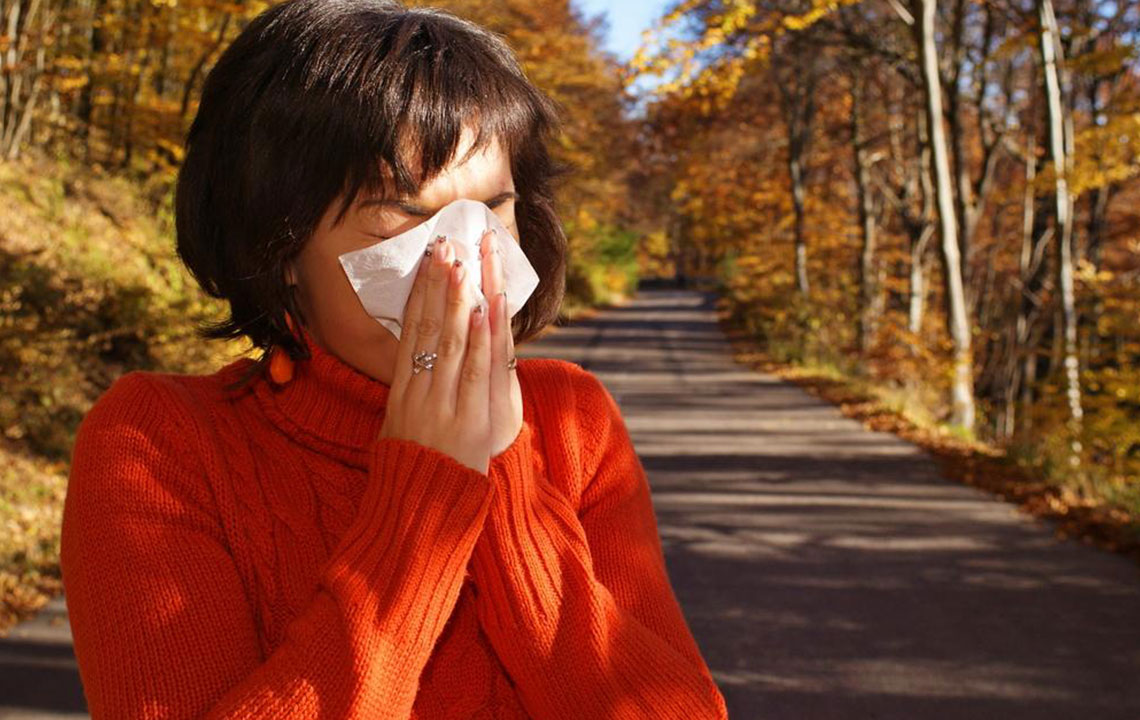Managing Mold Allergies: Causes, Symptoms, and Prevention Strategies
Learn about mold allergies, including their causes, symptoms, and effective prevention methods. Understand how mold spores affect health and explore strategies to reduce exposure and manage reactions for a healthier living environment.

Managing Mold Allergies: Causes, Symptoms, and Prevention Strategies
Experiencing allergy symptoms that recur seasonally? You might be suffering from mold allergy. Like other allergic reactions, mold exposure prompts the immune system to respond. Mold thrives in hidden spots such as under sinks, bathroom tiles, or basements. Since many molds are airborne, avoiding exposure entirely is challenging.
Molds are fungi releasing spores that can trigger allergic responses. These spores spread during windy, dry periods or in humid conditions like foggy weather. Therefore, mold allergy symptoms can appear both in dry and damp environments.
Primary Causes of Mold Allergy
When foreign substances enter our body, the immune system activates its defenses. Mold allergy occurs when tiny mold spores in the air infiltrate the respiratory system. The immune response produces histamines, resulting in symptoms such as itchy, watery eyes, nasal congestion, and frequent sneezing.
Common mold species that trigger allergies include Aspergillus, Cladosporium, Penicillium, and Alternaria.
In the U.S., over 1000 mold types have been identified, though only a few cause allergic reactions. Mold allergy can be a year-round concern since molds grow both indoors and outdoors, in gardens and homes, irrespective of the season.
Recognizable Signs and Symptoms
When exposed to mold spores, the body releases histamines, leading to typical allergy symptoms. These include:
Persistent sneezing and nasal blockage
Dry, flaky skin
Itchy, watery eyes and throat
Nasal drip and coughing
In asthmatics, additional issues like:
Breathing difficulty or shortness of breath
Chest tightness needing immediate attention
Symptoms can vary in severity and tend to worsen in humid or damp environments, both indoors and outdoors.
Factors That Increase Susceptibility
Certain conditions can heighten the risk of mold allergy, such as:
Genetic predisposition to allergies
Occupations like baking, carpentry, farming, or logging involving mold exposure
High indoor humidity levels
Poor ventilation systems
Excess moisture in outdoor or indoor spaces
Diagnosing Mold Allergies
The initial step involves a detailed medical history. Diagnostic tests may include skin prick tests, IgE blood assessments, and scratch tests. A positive reaction confirms mold allergy.
Effective Management and Prevention
Prompt medical evaluation is vital to control symptoms and avoid complications, especially for asthmatic patients. Prevention is key: keep environments dry, clean, and well-ventilated, and steer clear of mold-prone areas. Treatments often include antihistamines and nasal corticosteroids. Allergy injections might also be recommended to decrease reactions. Reducing exposure and timely medication can greatly enhance comfort and health.
Be aware of mold presence and adopt preventive measures. Regular cleaning, lowering indoor humidity, and avoiding damp outdoor spaces can help prevent allergic reactions.


